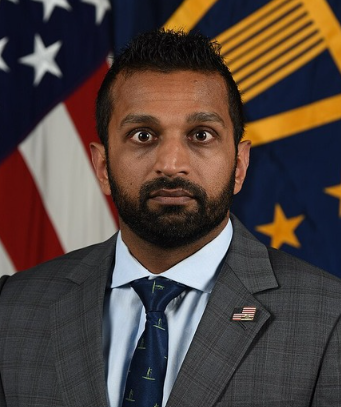Healthcare costs in the United States continue to pose a significant challenge for seniors, many of whom live on fixed incomes and have limited financial flexibility. Despite Medicare providing coverage for many, a substantial number of older adults are still facing high out-of-pocket expenses that strain their retirement savings and threaten their financial security.
Recent studies show that nearly one in four American seniors spends over $2,000 per year on healthcare alone. This figure is considerably higher compared to seniors in other developed countries. In nations like Canada, Germany, and the United Kingdom, government programs typically cover a larger portion of healthcare expenses, greatly reducing financial burdens for older populations. In the U.S., however, gaps in Medicare coverage, high prescription drug costs, and the rising price of specialist care leave many seniors paying large sums themselves.
The consequences of these costs are far-reaching. Many seniors report delaying doctor appointments, skipping recommended treatments, or cutting back on necessary medications simply to save money. Unfortunately, these short-term sacrifices often result in more severe health complications later on, leading to expensive hospitalizations and a diminished quality of life. Some seniors even forgo preventative care, fearing that any medical interaction might lead to unmanageable bills.
Prescription drug prices are a particularly heavy burden. With little government regulation over pricing, common medications used to manage chronic illnesses like diabetes, arthritis, and high blood pressure have soared in price. While discount cards and pharmaceutical assistance programs offer some help, they often fail to address the overall problem.
Beyond the direct costs, the emotional toll is undeniable. Many seniors live with a constant sense of anxiety about how they will afford healthcare in the future. This stress can contribute to poor mental health, further exacerbating physical health problems and reducing overall well-being.
Policy experts suggest several reforms that could help ease this burden, such as allowing Medicare to negotiate drug prices, introducing caps on out-of-pocket costs, and expanding coverage for preventive services. Some legislative proposals have gained attention, but progress remains slow amid political divisions.
Community organizations and nonprofits have stepped in to offer some support, providing services like free health screenings, financial counseling, and access to discounted medications. However, the demand for assistance is often much greater than the available resources.
As the American population continues to age, addressing the high cost of healthcare for seniors is becoming increasingly urgent. Without significant reforms, millions of older Americans may continue to face impossible choices between their health and their financial stability — a reality that calls for serious national attention.









